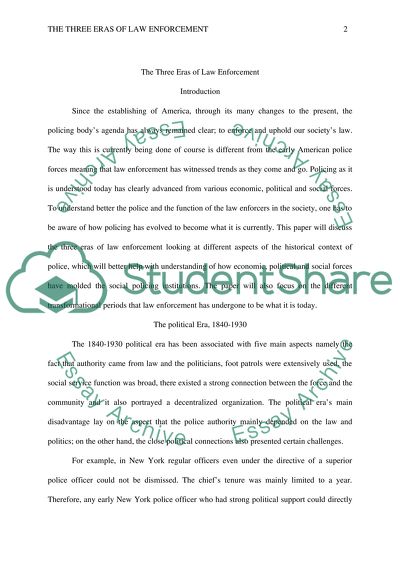Cite this document
(“The Three Eras of Law Enforcement Research Paper”, n.d.)
The Three Eras of Law Enforcement Research Paper. Retrieved from https://studentshare.org/miscellaneous/1642675-the-three-eras-of-law-enforcement
The Three Eras of Law Enforcement Research Paper. Retrieved from https://studentshare.org/miscellaneous/1642675-the-three-eras-of-law-enforcement
(The Three Eras of Law Enforcement Research Paper)
The Three Eras of Law Enforcement Research Paper. https://studentshare.org/miscellaneous/1642675-the-three-eras-of-law-enforcement.
The Three Eras of Law Enforcement Research Paper. https://studentshare.org/miscellaneous/1642675-the-three-eras-of-law-enforcement.
“The Three Eras of Law Enforcement Research Paper”, n.d. https://studentshare.org/miscellaneous/1642675-the-three-eras-of-law-enforcement.


